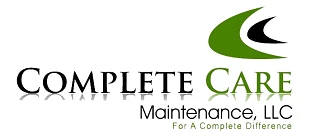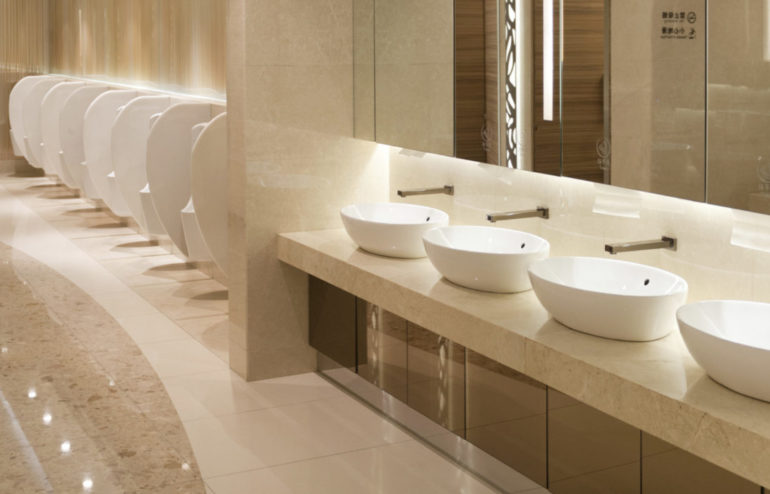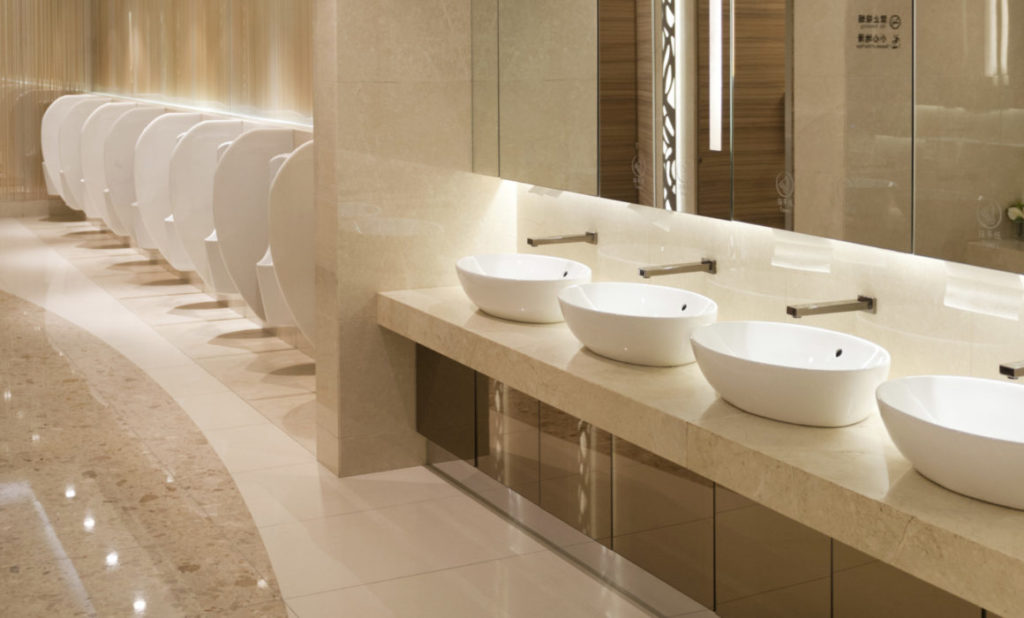Restroom Cleaning: Is Your Cleaning Company Doing Enough?
Let’s face it, nobody likes a dirty restroom. It is not just that a dirty restroom is unsightly, it is also unsanitary and could be causing health problems for you, your staff, and your customers. What is worse is that if your restroom is not clean, the rest of your business or facility isn’t clean either.
Think about this scenario: An employee enters your unclean restroom, does their business, and exits without washing their hands. On their way out they touch the stall door, and the restroom door, and then proceed to use the microwave, the water fountain, and the copier machine.
Even if your workplace was clean before this single episode, it is not clean now. The fact of the matter is that an unsanitary restroom makes for an unsanitary workplace and an unsanitary workplace can lead to lower productivity, higher absenteeism, and increased costs.
So is your cleaning company doing enough to keep your workplace restrooms clean and sanitary?
Not All Commercial Cleaning Companies Are Created Equal
Commercial cleaning companies come in all shapes and sizes and like in any industry there are those who do an exceptional job, those that do a mediocre job, and those that do not do a good job at all. When it comes to keeping your restroom clean, mediocre doesn’t cut it and if they are doing a poor job, you may as well clean it yourself.
The best commercial cleaning companies do many things better than the other guys, but the two things that make them stand out is their understanding of the cleaning process and their adherence to it. Exceptional commercial cleaning companies have processes in place that help ensure consistent and thorough cleaning, and the one place where these procedures are most evident is the restroom.
Restrooms Cleaned Right
A truly professional commercial cleaner understands that an unsanitary restroom is a catalyst for an unsanitary workplace. They understand the difference between cleaning and disinfecting and the need for both. They understand dwell times, cross-contamination, and the value of a truly effective and efficient cleaning process.
First off, a well-organized commercial cleaner has the right tools and cleaning agents required to properly clean a restroom. They will use a variety of cleaning products for different tasks, disposable or color-coded cleaning cloths to avoid cross-contamination, and will thoroughly clean and maintain their equipment after each service.
In addition, a professional cleaning company will adhere to safety procedures, blocking off restrooms, posting wet floor signs, and donning protective equipment to protect themselves and others. They will be familiar with the chemicals being used and be well-versed in how to use them safely.
Dust Above The Floor Surfaces
Dusting above the floor surfaces first helps to ensure that you do not dirty lower surfaces later in the process. Be sure to clean any soiled areas on walls, stalls, and doors, remove graffiti, gum, and clean grout lines.
Check and Refill Dispensers | Empty Trash Receptacles
Check to make sure that dispensers, hand dryers, etc. are working properly and refill those that are running low. These should include toilet paper, sanitary napkins, paper towels, and soaps. Empty trash receptacles and replace liners.
Pre-cleaning Toilets and Urinals
Toilets and urinals should be pre-cleaned by removing any debris from in and around these fixtures, placing urinal strainers in a disinfecting solution, and dispensing of depleted urinal cakes.
Cleaning High-touch Surfaces
The first step in any sanitizing process is to clean. Cleaning removes soils and dust from a surface and prepares it for effective disinfection. Failing to clean first, is failing to disinfect.
Toilets, urinals, sinks, dispensers, countertops, door handles, and other high-touch surfaces should all be cleaned thoroughly.
Accounting For Dwell Times
Once all high-touch surfaces have thoroughly cleaned a disinfectant should be applied. This includes the disinfecting of toilets, urinals, sinks, countertops, door handles, and other high-touch surfaces. Once applied, move on to other tasks to allow for appropriate dwell times.
Fixtures and Glass
Assuming appropriate dwell time has elapsed, remove any disinfecting solution from sink fixtures, dispensers, and door handles. Polish these surfaces with a metal polish or glass cleaner. Glass cleaner will generally shine fixtures without polish buildup. Wipe mirrors and glass surfaces with glass cleaner and a designated cleaning cloth.
Wipe Down High-touch Areas To Dry
Assuming appropriate dwell times have elapsed return to the high-touch areas to complete the disinfecting process. Be sure to use the appropriate cleaning cloth for each respective surface. You don’t want to wipe the countertop with the cloth used on the urinal. Be sure to replace any urinal strainers and disinfectant cakes after wiping down urinals.
Mop The Floors
At this point, the only surface remaining should be the floor. Restroom floors should be cleaned with the appropriate mix of cleaning agents and water. Too much of a chemical agent will leave the floor sticky and dull, not to mention more prone to dirt buildup between cleanings.
A microfiber mop is the best mop option as it does not require repeated dipping in dirty mop water and will not leave your floors as wet. In addition, microfiber mops tend to more effectively remove dirt, as opposed to pushing it around.
We Can Help
Need a commercial cleaning company that does restrooms right? Complete Care can help! Contact us today to learn how we can help keep your business or facility clean and sanitary.




